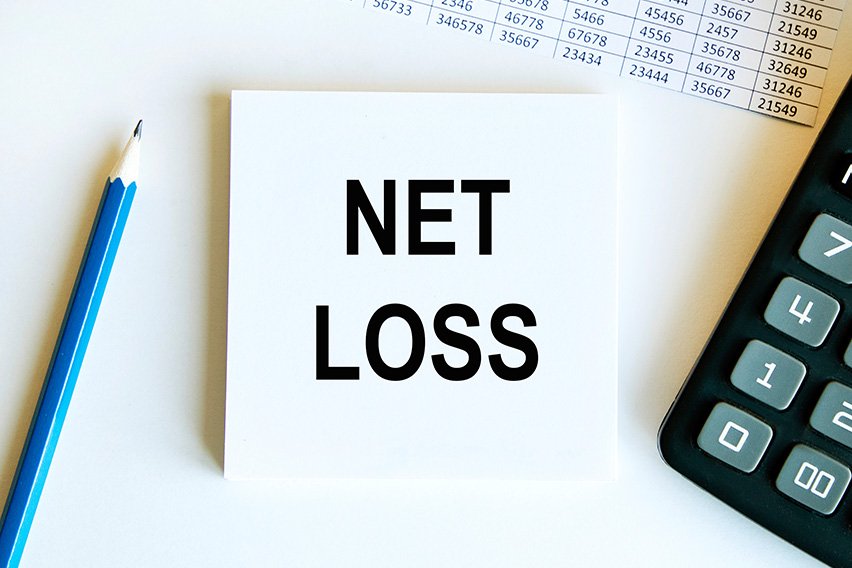What Is Inventory Valuation and Why Is It Important

Inventory valuation is the monetary amount associated with the goods in the inventory at the end of an accounting period. The valuation is based on the costs incurred to acquire the inventory and get it ready for sale.
Inventories are the largest current business assets. Inventory valuation allows you to evaluate your Cost of Goods Sold (COGS) and, ultimately, your profitability. The most widely used methods for valuation are FIFO (first-in, first-out), LIFO (last-in, first-out) and WAC (weighted average cost).
What this article covers:
- What Are the Objectives of Inventory Valuation?
- How Inventory Is Valued
- Which Inventory Valuation Method Is Best

What Are the Objectives of Inventory Valuation?
Inventory refers to the goods meant for sale or unsold goods. In manufacturing, it includes raw materials, semi-finished and finished goods. Inventory valuation is done at the end of every financial year to calculate the cost of goods sold and the cost of the unsold inventory.
This is crucial as the excess or shortage of inventory affects the production and profitability of a business.
Determine the Gross Income
Inventory is used to find the gross profit, which is the excess of sales over cost of goods sold. To determine the gross profit or the trading profit, the cost of goods sold is matched with the revenue of the accounting period.
Cost of goods sold = Opening stock + Purchases – Closing stock
The above equation shows that the inventory value affects the cost and thereby the gross profit. For example, if the closing stock is overvalued, it will inflate the current year’s profit and reduce profits for subsequent years.
Ascertain the Financial Position
Closing stock is shown as a current asset. The value of the closing stock on the Balance Sheet determines the financial position of the business. Overvaluation or undervaluation can give a misleading picture of the working capital position and the overall financial position.
How Inventory Is Valued
The method for valuing inventory depends on how the stock is tracked by the business over time. A business must value inventory at cost. Since inventory is constantly being sold and restocked and its price is continually changing, the business must make a cost flow assumption that it will use frequently.
There are four accepted methods of inventory valuation.
- Specific Identification
- First-In, First-Out (FIFO)
- Last-In, First-Out (LIFO)
- Weighted Average Cost
Specific Identification
Under the weighted average cost method, the weighted average is used to determine the amount that goes into the cost of goods sold and inventory. Weighted average cost per unit is calculated as follows:
The primary requirement of this method is that you should be able to track every item individually with RFID tag, stamped receipt date or a serial number.
While this method introduces a high degree of accuracy to the valuation of inventory, it is restricted to valuing rare, high-value items for which such differentiation is needed.
First-In, First-Out (FIFO)
This method is based on the premise that the first inventory purchased is the first to be sold. The remaining assets in inventory are matched to the assets that are most recently purchased or produced.
It is one of the most common methods of inventory valuation used by businesses as it is simple and easy to understand. During inflation, the FIFO method yields a higher value of the ending inventory, lower cost of goods sold, and a higher gross profit.
Unfortunately, the FIFO model fails to present an accurate depiction of the costs when there is a rapid hike in prices. Also, unlike the LIFO method, it does not offer any tax advantages.
Last-In, First-Out (LIFO)
Under this inventory valuation method, the assumption is that the newer inventory is sold first while the older inventory remains in stock. This method is hardly used by businesses since the older inventories are rarely sold and gradually lose their value. This results in significant loss to the business.
The only reason to use LIFO is when businesses expect the inventory cost to increase over time and lead to a price inflation. By moving high-cost inventories to cost of goods sold, the reported profit levels businesses can be lowered. This allows businesses to pay less tax.
Weighted Average Cost
Under the weighted average cost method, the weighted average is used to determine the amount that goes into the cost of goods sold and inventory. Weighted average cost per unit is calculated as follows:
Weighted Average Cost Per Unit = Total Cost of Goods in Inventory / Total Units in Inventory
This method is commonly used to determine a cost for units that are indistinguishable from one another and it is difficult to track the individual costs.

Which Inventory Valuation Method Is Best
Choosing the right inventory valuation method is important as it has a direct impact on the business’s profit margin. Your choice can lead to drastic differences in the cost of goods sold, net income and ending inventory.
There are advantages and disadvantages of each method. For example, the LIFO method will give you the lowest profit because the last inventory items bought are usually the most expensive while the FIFO will give you the highest profit as the first items in stock are usually the cheapest.
To assess the method which is best for you, you need to pay attention to changes in the inventory costs.
- If the inventory costs are escalating or are likely to increase, LIFO costing may be better. As higher cost items are considered sold, it results in higher costs and lower profits.
- In case your inventory costs are falling, FIFO might be the best option for you.
- For a more accurate cost, use the FIFO method of inventory valuation as it assumes the older items that are less costly are the ones sold first.
As a business owner, you need to analyze each method and apply the method that reflects the periodic income accurately and suits your specific business situation. The Financial Accounting Standards Board (FASB), in its Generally Accepted Accounting Procedures, allows both FIFO and LIFO accounting.
It is also important to note businesses cannot switch from one method of inventory valuation to another. If your business decides to change to LIFO accounting from FIFO accounting, you must file Form 970 with the IRS.
RELATED ARTICLES

 What Is Small Business Accounting? A Beginner’s Guide
What Is Small Business Accounting? A Beginner’s Guide Am I Insolvent? The Signs of Insolvency for Small Businesses
Am I Insolvent? The Signs of Insolvency for Small Businesses Net Operating Loss (NOL): A Detailed Guide
Net Operating Loss (NOL): A Detailed Guide What Does Goodwill Mean in Accounting? The Essential Features
What Does Goodwill Mean in Accounting? The Essential Features What Can Be Depreciated in Business? Depreciation Decoded
What Can Be Depreciated in Business? Depreciation Decoded What Is Overhead Allocation for Small Businesses
What Is Overhead Allocation for Small Businesses